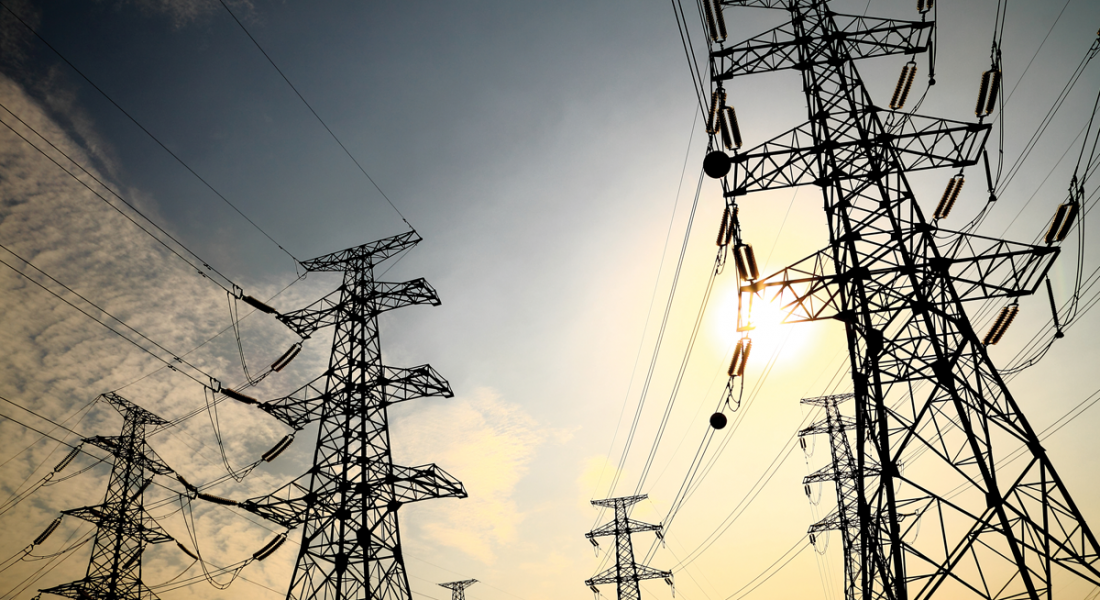Reduce costs for grid charges and optimize for the grid with load management

Grid fees are charges for the use of electricity grids. In Germany, they account for a significant proportion of electricity costs. Households only pay the energy price. However, customers who consume more than 100,000 kilowatt hours per year also pay the costs for the maximum annual capacity used.
In recent years, grid fees for electricity have risen significantly - in one grid area by 56 percent within five years. This is due to grid expansion, the integration of renewable energies and new power lines as part of the energy transition. In 2024, the fees nationwide doubled from 3.12 to 6.43 cents per kilowatt hour - also due to the loss of state subsidies. This means an additional burden for companies.
In addition to load peaks, grid serviceability is becoming a greater focus of load management. It is also gaining in importance with the energy transition - and brings with it new challenges and opportunities.
Grid serviceability means more than just limiting maximum power consumption. Companies should reduce their consumption or feed in electricity at times of low power generation - and draw more when there is excess electricity in order to stabilize the grid.
Peak loads mean higher costs
The electricity price essentially consists of a basic price, a working price and a performance price. The latter also includes the grid fees that the grid operator charges the supplier. It only applies to companies with an annual consumption of over 100,000 kilowatt hours.
Above this threshold, the Electricity Grid Access Ordinance stipulates quarter-hourly load measurement. The load profile shows the consumption behavior of a customer over time. The basis for the performance price is the highest 15-minute average of the measured electricity consumption. A short-term peak load - caused by several machines starting up at the same time, for example - can result in high costs, even if the average annual load is low. Principle: The higher the peak loads, the higher the grid charges.
Avoid peak loads with load management
Intelligent load management is therefore the key strategy against rising grid charges. With the right system, electricity consumption can be controlled in such a way that peak loads do not occur in the first place. This is because they make electricity more expensive - regardless of their duration.
Load management usually pays off quickly. If the maximum annual output drops by 50 kilowatts, a system - at a power price of 170 euros per kilowatt - pays for itself in the first year.
Versatile application options
Load management is not only worthwhile for large consumers. It also helps to optimize self-consumption when generating your own electricity. It is also useful in the event of technical restrictions - such as limited transformer capacities - and for grid-friendly behavior.
It can be used in various areas, including
Charging stations: peaks in the load profile prevent unnecessary costs in times of high electricity prices
Without load management, charging stations for electric cars can quickly cause load peaks and drive up electricity costs. An intelligent system controls the charging power when the grid is overloaded, a peak is imminent or electricity prices are rising. This ensures that all vehicles are charged reliably - without exceeding the connected load or unnecessarily increasing the power price.
Industrial plants: "Peak shaving"
In industry, load management smoothes load peaks ("peak shaving") and thus reduces power prices. Networked machines such as ventilation systems, heating ovens, compressed air units, pumps or cold storage tanks are automatically controlled for this purpose. In addition, consumption can be linked to exchange prices - with the aim of using less electricity at expensive times and making targeted use of favorable times.
Commercial kitchens: exploiting optimization potential
There is often unrecognized potential for optimization in commercial kitchens. In this area, load peaks can be avoided by switching off kitchen appliances (e.g. steam cookers, instantaneous water heaters or air conditioning systems) for short periods without impairing the process.
PV systems: Shifting electricity loads
Operators of PV systems can use load management to intercept power peaks and reduce the load on the grid connection. Consumption can thus be shifted to times of high self-production. This reduces grid consumption - and charges for negative electricity prices can be avoided.
Electricity storage: absorb peak loads and utilize fluctuations in the stock market price
Battery storage systems reduce electricity load peaks during operation. Load management stores surpluses and uses them specifically to absorb peaks caused by energy-intensive consumers. In addition, the storage system can be charged when electricity prices are low or negative and discharged when prices are high - this reduces costs and can even generate profits.
Solutions for optimized load management
Technical solutions such as the econ peak plug & play controller from econ solutions support companies with load management. The system is flexible, expandable and can be integrated into existing energy management systems. As a result, companies not only avoid load peaks, but also optimize their grid efficiency.
Conclusion
Rising grid charges and grid efficiency requirements are challenging industry and the real estate sector. Intelligent load management, which networks and controls machines and systems, prevents peak loads and reduces electricity costs. As the responsibility lies with the end user, it is worth using an energy management specialist such as econ solutions to specifically control charging loads and make individual system settings.

